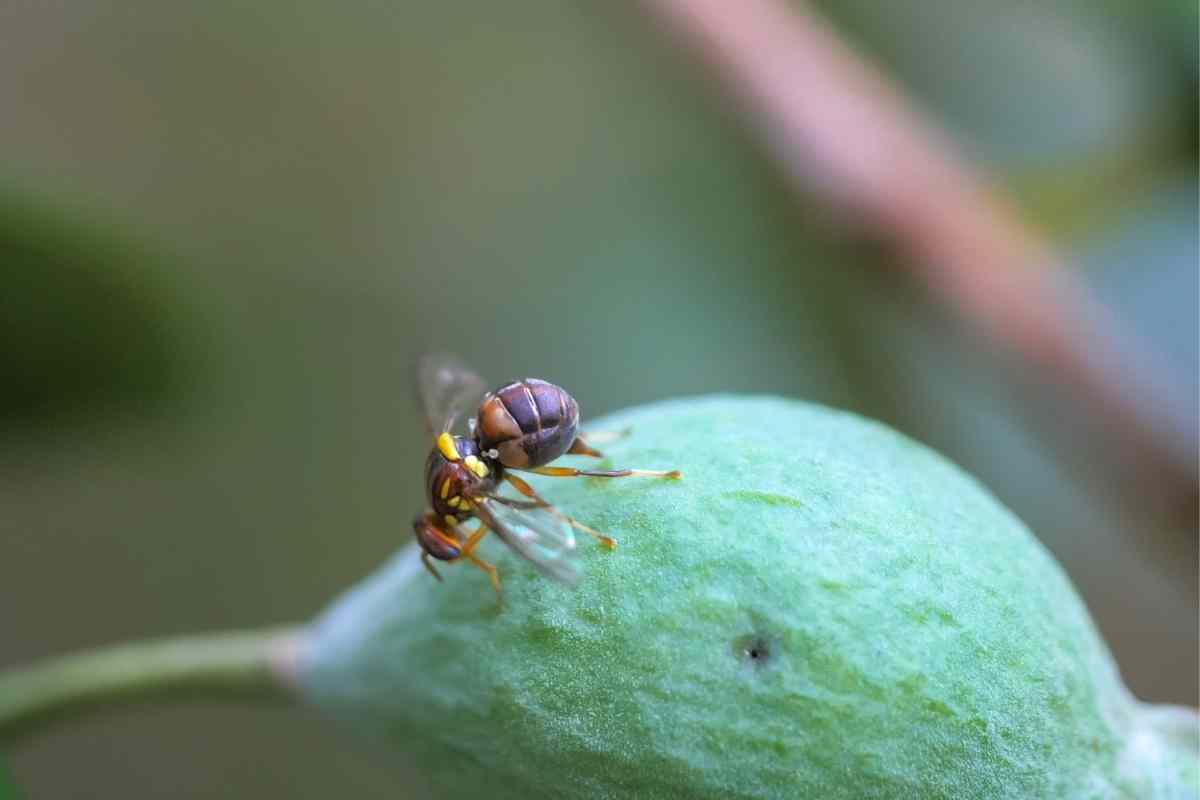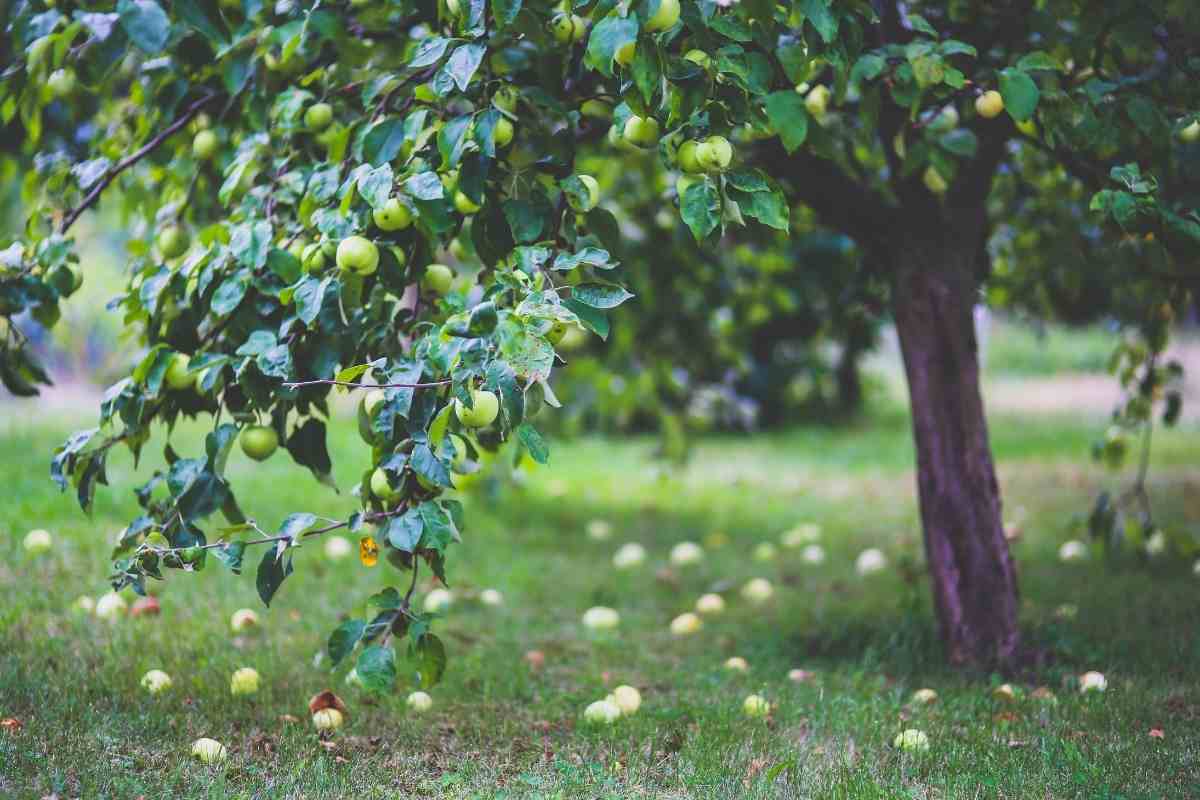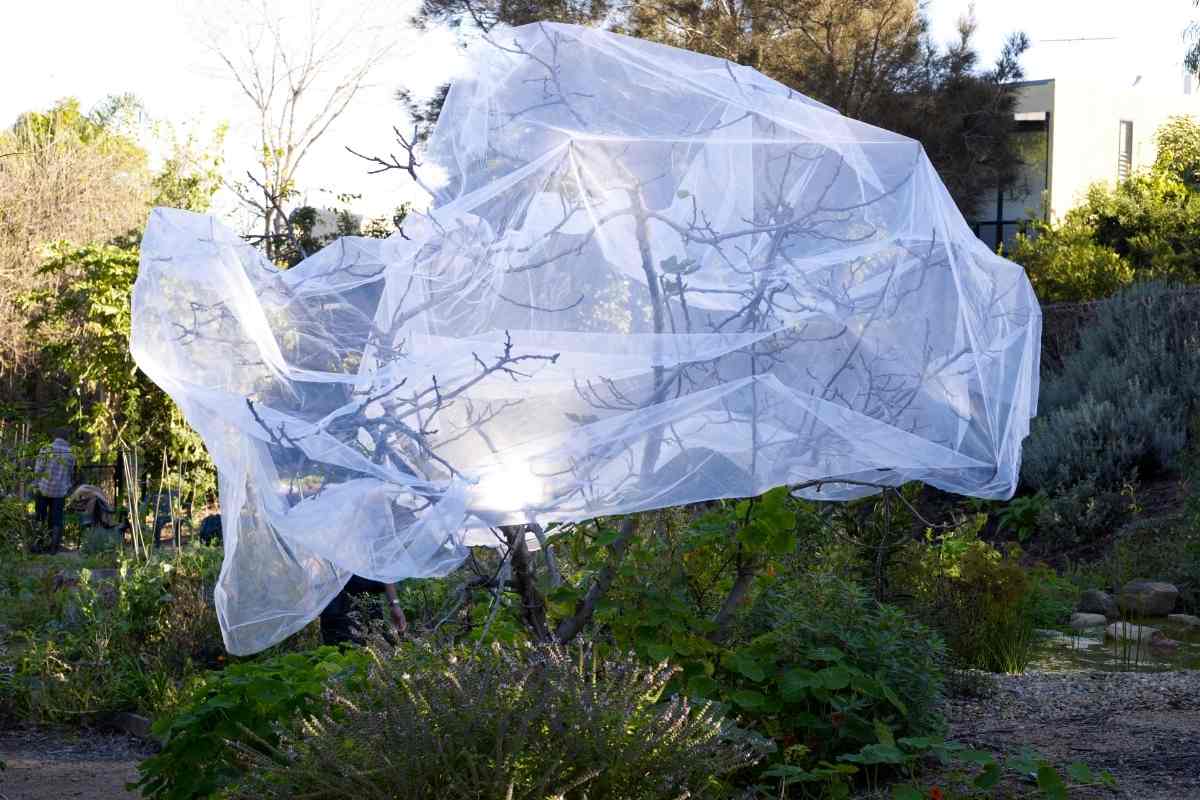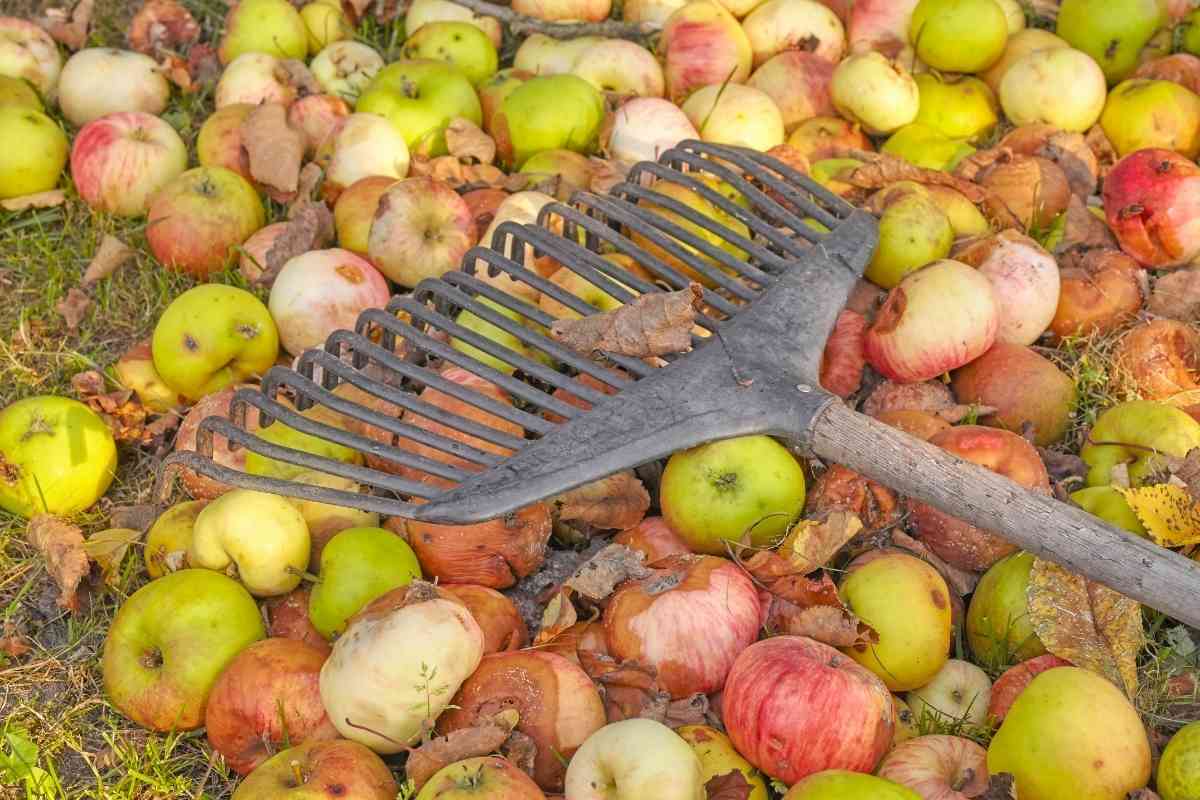The Queensland fruit fly, or Bactrocera tryoni as it's more formally known, is a pest that's native to its namesake state but is now found throughout the cooler parts of Australia. It attacks a huge range of fruits and vegetables, including many which are common in home gardens, usually leaving them inedible.
The fruit fly is an insidious invader that can ruin a crop before any obvious signs are shown. Infested fruits may look fine from the outside, but may be partially eaten and rotten on the inside, and can even contain eggs or maggots when the fruit is opened up.
Not only does this near-invisibility risk an entire crop being lost before the danger is recognised, it also means it's easy to unwittingly spread the problem around by adding infested produce to a compost heap, sharing fruits and vegetables with friends, or otherwise taking homegrown fruits outside of your garden.
Recognising the Fruit Fly
The life cycle of the fruit fly covers four stages. An adult female injects eggs directly into the target fruit, with a single fly laying up to a hundred eggs per day. The eggs are white, around 1mm long, and very difficult to see, leaving only tiny puncture marks on the outside of the fruit as immediate evidence.
The eggs hatch into yellowish-white maggots up to 9mm long, which feed on the fruit from the inside. Eventually, the larvae will eat their way to the surface of the fruit, fall off, and burrow into the ground below where they'll change into hard, brown, oval pupae. After a few weeks, the adult flies will emerge to feed, mate, lay eggs, and start the cycle again.
Handling the Problem
Insecticides are available which can cure a fruit fly infestation, targeting adults, eggs, or maggots depending on the chemical used. However, insecticides aren't ideal as a routine control method, for several important reasons:
- Even the most targeted chemical can harm beneficial insects as an unwanted side effect.
- Frequent use of insecticides can develop resistance in the target pests, reducing the treatment's effectiveness for when it's genuinely needed.
- Using insecticides on edible produce carries real health risks for the unwary.
For all these reasons, it's best to approach fruit fly control in a more rounded way, leaving insecticide use for when there's no alternative. Here are some of the most effective approaches to take.
Strong Garden Hygiene
As so often, prevention is better than cure. Removing the conditions that attract fruit flies will be more effective than trying to control their numbers once they've arrived. One key element of this is practising good garden hygiene, for example:
- Pick fruits and vegetables before they start to over-ripen or rot.
- Prune outsize fruit trees and bushes back to size so that they don't produce a glut you can't handle.
- Remove as much organic debris as possible before it can rot.
And importantly, once you've got a fruit fly problem you need to take a different approach to composting. Breaking the insect's life cycle is essential to keep numbers under control, so treat all fruit and vegetable waste before composting it, either by microwaving or freezing it to kill off any eggs or maggots inside. Once the problem is under control, you can return to ordinary composting habits while staying alert for a return.
Monitor Your Produce for Infestation
As fruit fly infestation can be virtually invisible at the beginning, it's a good idea to regularly inspect your produce by breaking open a sample and checking for eggs or maggots. If you only grow a small amount of fruit and can't afford the waste, check the fruit's surface carefully with a magnifying glass, looking for the miniature puncture marks that are left behind by egg laying.
Use Nets and Fruit Bags
Placing physical barriers around the fruit can prevent egg laying to break the fruit fly's life cycle. Fine netting can cover a whole tree or bush, although this should only be done after any necessary pollination has taken place. Individual fruits or vegetables can be covered by net bags tied at the stem, but allow space for the fruit to grow inside.
Whether you use netting, bags, or any other physical barrier, it's essential that every fruit is protected, so remove any which appear outside the covering after it's installed.
Lastly, the ground below a fruit plant or tree may contain pupae from a previous infestation, so lay out ground netting or sacks to prevent the emerging adults from leaving the soil and re-infesting the plant above.
Install Traps
Traps are available commercially that are designed for fruit flies, containing a pheromone to lure adult males and an insecticide to kill them. These traps are useful for monitoring fruit fly levels, but do little to control numbers.
However, it's also straightforward to make your own traps which can target both males and females, and can therefore have a useful effect on the population. To make one, take an empty plastic bottle and cut three holes around 10cm from the top, each one roughly the size of a 10c coin. Pour in a cupful of pure pulpy fruit juice to act as bait, and top up with a tablespoon of ammonia-based cleaner to dispatch the lured flies. You can also use ready-made bait.
Seal the bottle and tie it hanging in the shade about 1.5m off the ground in the general area of infestation. Change the contents every week or so. Always remember that while these traps are effective against fruit flies, beneficial insects may also be harmed, so use with discretion rather than as a routine defence.
A fruit fly infestation is a serious issue that can often require pesticides to fully solve. But by being alert to potential problems and making life more difficult for the pest, you stand a good chance of stopping the problem spiralling out of control.









